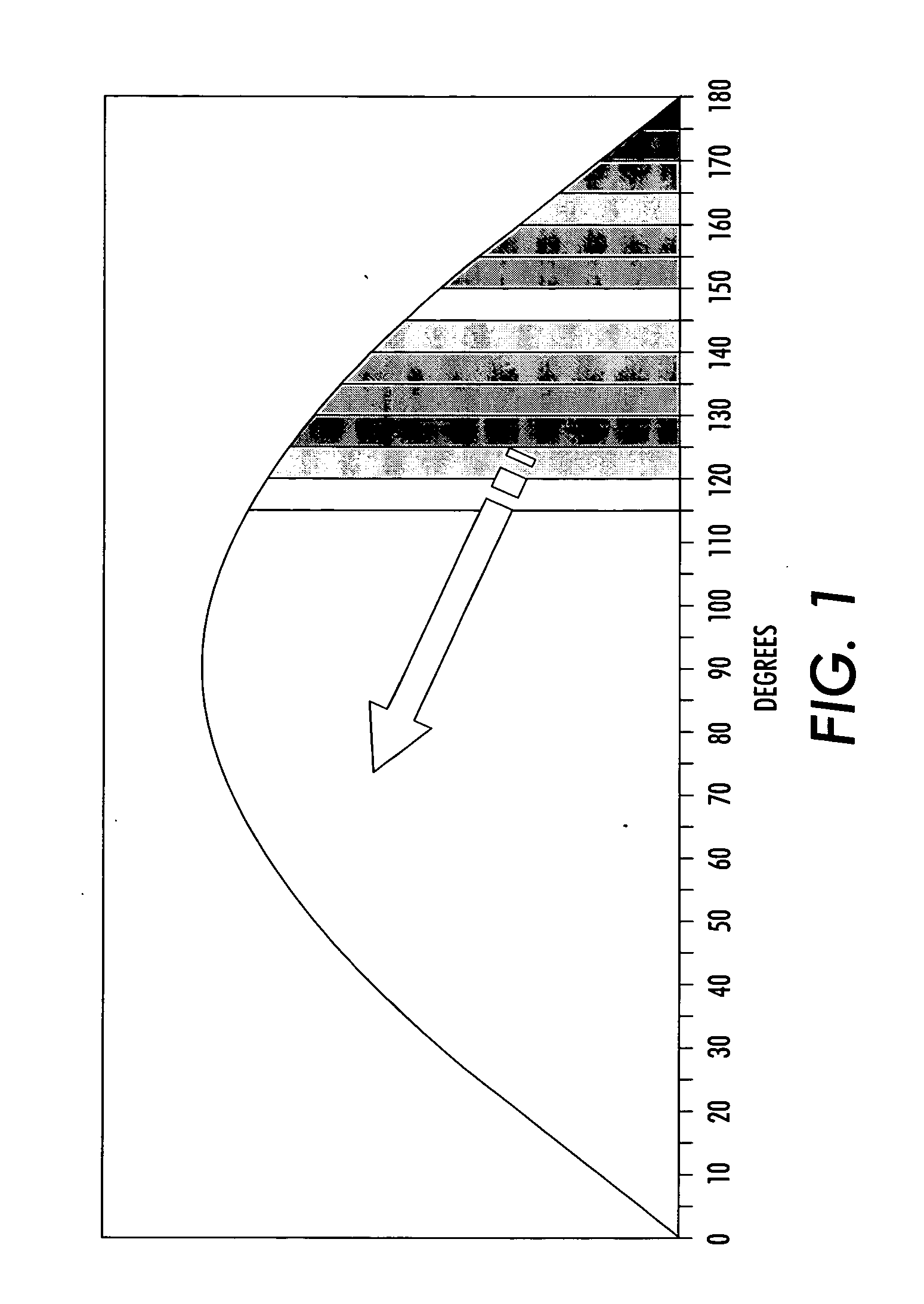Power control using at least 540 degrees of phase
a phase control and power control technology, applied in the direction of ignition automatic control, pulse technique, instruments, etc., can solve the problems of conventional phase control and cycle theft, the control of the power provided to the device, and the need for power sufficient to maintain the fuser temperature within a desired range, so as to reduce the risk of signal artifacts, reduce the effect of signal artifacts and fine control of the power received
- Summary
- Abstract
- Description
- Claims
- Application Information
AI Technical Summary
Benefits of technology
Problems solved by technology
Method used
Image
Examples
Embodiment Construction
[0019] For a general understanding of the present invention, reference is made to the drawings. In the drawings, like reference numerals have been used throughout to designate identical elements.
[0020] An exemplary electronic system comprising one embodiment of the present invention is a multifunctional printer with print, copy, scan, and fax services. Such multifunctional printers are well known in the art and may comprise print engines based upon ink jet, electrostatography, and other imaging devices. The general principles of electrostatographic imaging are well known to many skilled in the art as exemplified by electrophotography. Generally, the process of electrophotographic reproduction is initiated by substantially uniformly charging a photoreceptive member, followed by exposing a light image of an original document thereon. Exposing the charged photoreceptive member to a light image discharges a photoconductive surface layer in areas corresponding to non-image areas in the ...
PUM
| Property | Measurement | Unit |
|---|---|---|
| power factor | aaaaa | aaaaa |
| peak voltage | aaaaa | aaaaa |
| phase angle | aaaaa | aaaaa |
Abstract
Description
Claims
Application Information
 Login to View More
Login to View More - R&D
- Intellectual Property
- Life Sciences
- Materials
- Tech Scout
- Unparalleled Data Quality
- Higher Quality Content
- 60% Fewer Hallucinations
Browse by: Latest US Patents, China's latest patents, Technical Efficacy Thesaurus, Application Domain, Technology Topic, Popular Technical Reports.
© 2025 PatSnap. All rights reserved.Legal|Privacy policy|Modern Slavery Act Transparency Statement|Sitemap|About US| Contact US: help@patsnap.com



